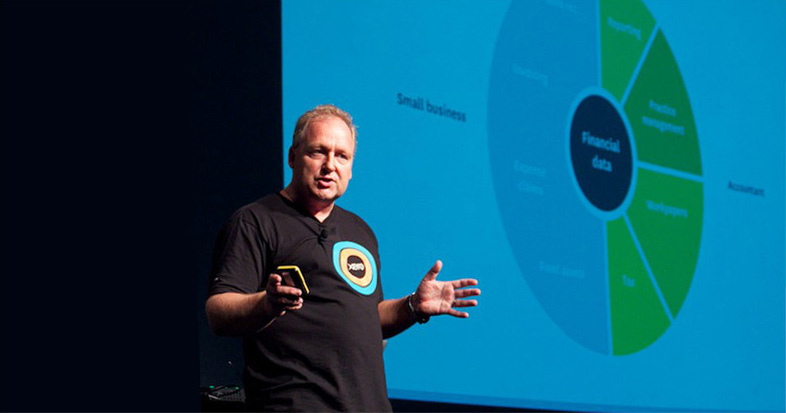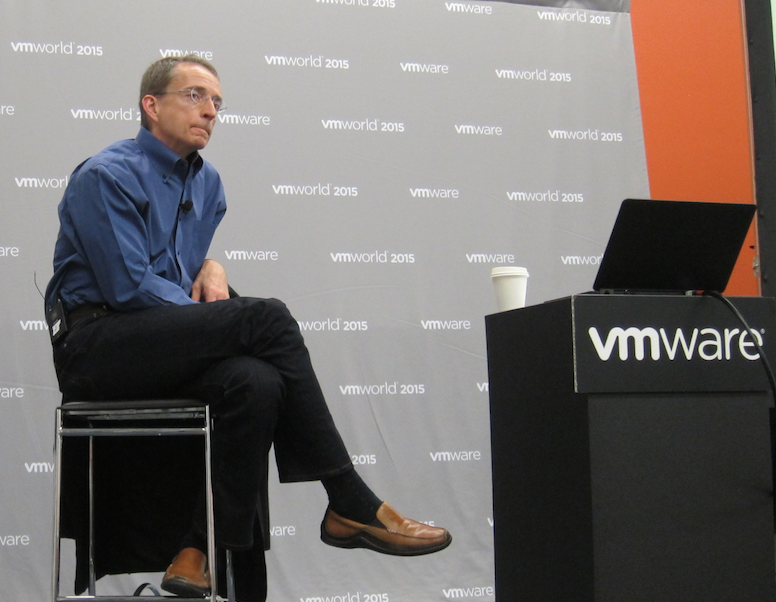Last month I wrote a piece for Business Spectator on how competition in the Australian cloud accounting market was hotting up with the re-entry of Intuit and Sage.
One of the divides between vendors was whether online accounting services scale globally with one group – including MYOB and Reckon – saying that deploying services in different jurisdictions added complexity while others believed a global product was necessary to achieve scale.
The most obvious member of the global scale camp was Xero, the company that has pioneered the growth of cloud accounting software. Two years ago we interviewed the company’s founder Rod Drury about his ambitions for the company and the direction of the cloud accounting market.
For Xero though, growing globally isn’t easy. While its most successful market has been in Australia, that country has many similarities with Xero’s native New Zealand and the company has found the UK and US markets tougher.
Renewing Xero’s US push
To deal with a much bigger and diverse market, the company appointed Russ Fujioka, a veteran of Dell, Abode and the various venture capital companies, to lead its revamped operations in the United States and Decoding the New Economy caught up with Russ recently at Xero’s San Francisco office.
For Fujioka, the key to growth in the United States market is the small business sector with the US recording nearly half a million new business registrations across the nation each year.
“You see the M in ‘SMB’? We don’t want to be playing to that market,” says Fujioka in emphasising the Xero’s focus on the small business sector.
Fujioka also sees opportunity in what he calls the ‘pre-accounting’ sector, the roughly 18 million self employed contractors and freelancers who don’t need a full fledged accounting service but need access to basic bookkeeping, invoicing and expense tracking.
Dealing with diversity
While the 28 million US small businesses represent a huge opportunity to Xero, the market also presents challenges with, unlike the New Zealand, Australian and UK markets, hundreds of banks and thousands of different state and local tax regimes.
To deal with the complexity of local tax and employment rules, Xero announced a partnership with Avalara to provide the data feeds for calculating sales taxes and payroll obligations, something that is essential to Xero’s business plans, “payroll is fundamental to our offerings.” Fujioka says.
Also fundamental are accountants and book-keepers where co-opting them as sellers of the service has been part of Xero’s success in Australia and New Zealand with Fujioka seeing a fifty-fifty split between those businesses signing up directly and those going through advisers.
The changing accounting industry
Like the rest of the world, the accounting profession is going through major changes as much of the transactional work becomes automated, Fujioka sees this as an opportunity for companies like Xero to add value to the industry and help individual firms become more akin to system integrators and technology advisers to their clients.
The ultimate aim for Fujioka is to make Xero the site, or app, that every small business starts and ends their day with, “we really want to be that single pane of glass for small business – you start your day with us, you end your day with us and during the day you check your status on your Apple Watch.”
For Xero, the key to global success is cracking the US market. The challenge for them is to capture a new generation of business owners and accountants.
Paul travelled to San Francisco as a guest of Salesforce and Splunk





